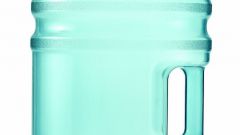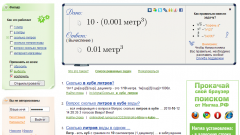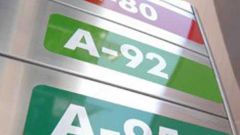You will need
- Table of densities of substances with the values recorded in the SI system.
Instruction
1
Find out the density of the mixture, product or substance whose volume in liters you want to calculate. To find desired value, use the table of densities. Table of densities of the substances provided in a physical reference books and textbooks on physics. There are also a table of the densities online. Many of the tables contain not only information about the density of substances, but also information about the densities of common materials, mixes, food products. Use search engines (e.g., http://google.com) to find values of densities.
2
Find the volume of the mixture, product or substance in cubic metres. To do this, divide the known mass value in kilograms on the density value from the table of densities. The density value in the table should be given in SI system. It is a system of measures adopted for the standard in modern physics. That is why the vast majority of tables density values are given in kilograms per cubic meter.
3
Calculate the required volume, expressed in litres. To do this, multiply the value obtained in the previous step by 1,000. When calculating the volume of a substance a known mass using density values expressed in the SI system, was obtained a value expressed in cubic metres. One cubic meter is equivalent to one thousand liters. That is why the multiplier 1000 is used to convert a value from cubic meters to liters.
Note
Be careful when you select the table of densities. If the values in the table are given in the CGS system (grams per cubic centimeter), it is necessary to multiply them by 1000 before use.
Useful advice
In lookup tables of densities of substances often value is given in exponential form (for example, 8.4*10^3). You can simply obtain the density value, easy to account. To do this, slip a comma in the number, standing before the multiplication sign, to the right the number of digits equal to the exponent written after the number 10.





